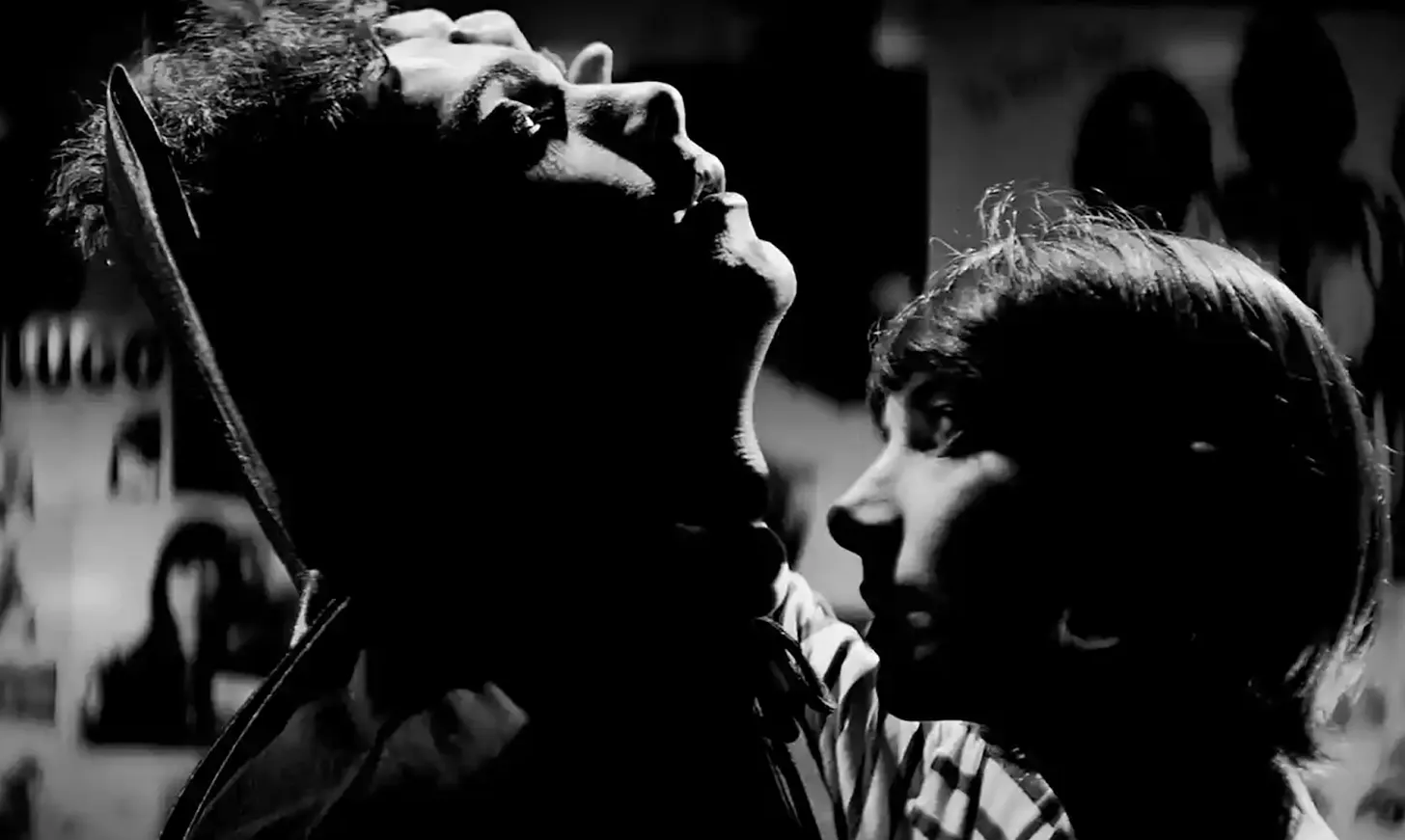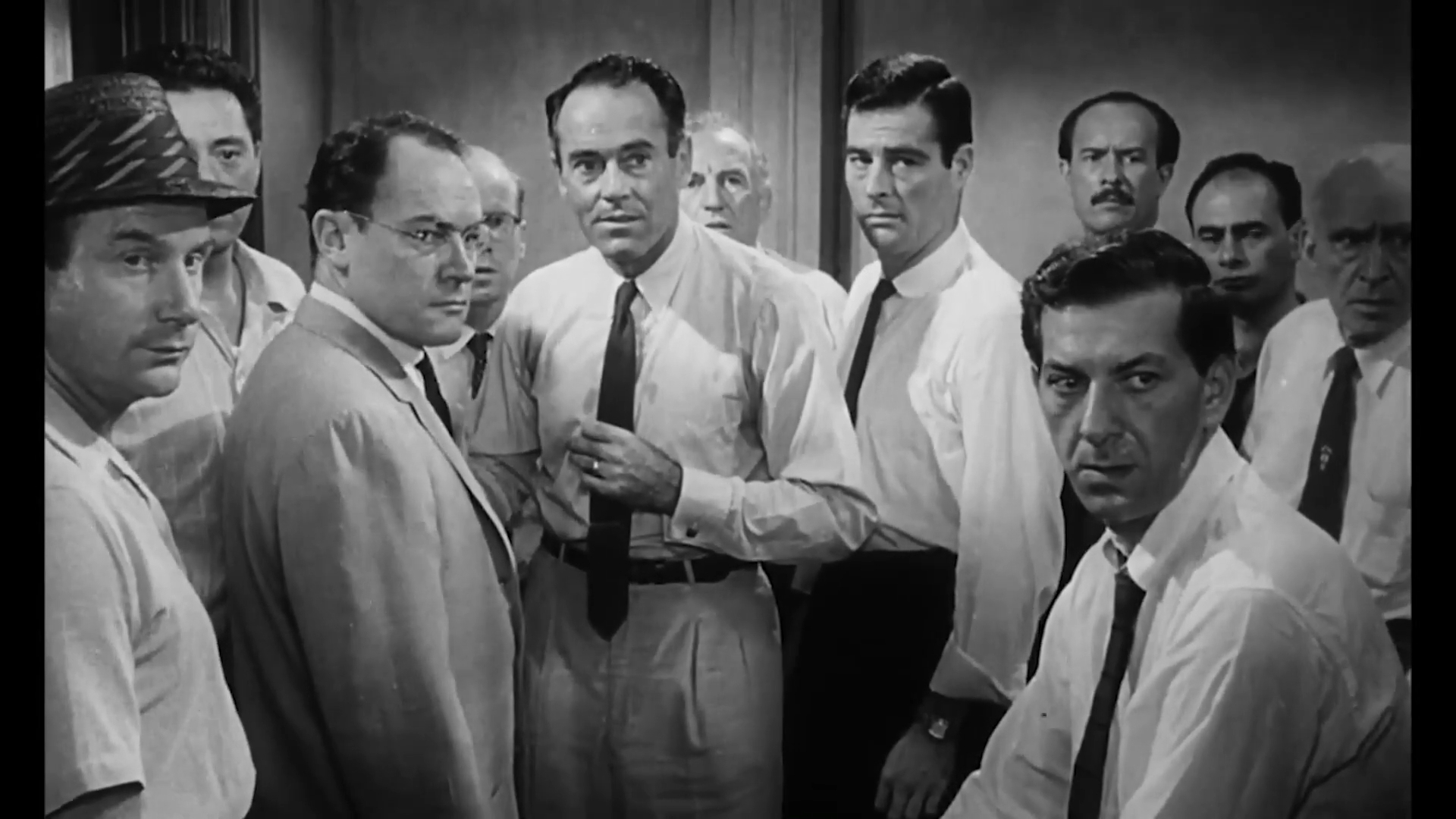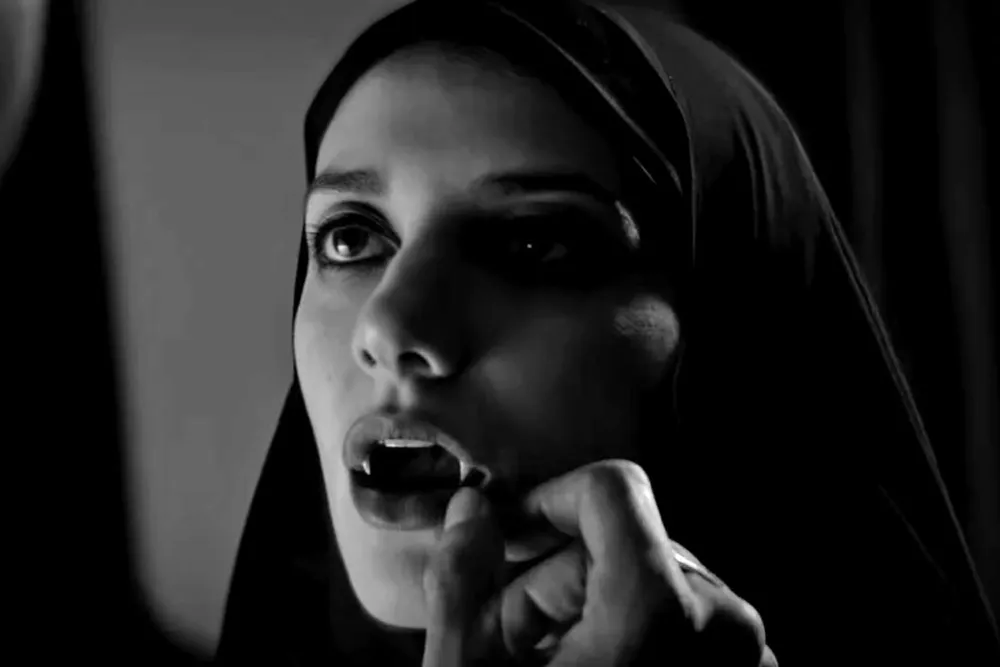By Afroditi A. Karagianni,
As a film enthusiast, I am always looking out for films that are worth watching and commenting about. Sadly, many amazing movies are constantly overlooked and, more often than we care to admit, are not given their well-deserved credit. I am no expert, but below, I discuss five films which I found highly intriguing and wish I had watched sooner. They vary when it comes to genre, vibe and general direction, but the common factor is that they all are, to me, severely underrated.
A Girl Walks Alone Home At Night
Directed by Ana Lily Amirpour, 2014’s A Girl Walks Alone Home At Night tells the story of a lonesome female vampire who inhabits Bad City, an Iranian ghost-town. The lonely girl wanders the streets late at night, always searching for her next victim, typically a man who has committed some sort of felony or crime and is generally regarded as unethical. Everything changes when she meets Arash, a hard-working, humble, lower-class man, who lives with his father and their cat in their family home.
The Black and white filter, wide lenses and long, continuous shots set the scene perfectly, and amazingly capture the death and loneliness Bad City reeks of. The music and dialogue were carefully chosen to fit the vibe and tone of the film, whilst the costumes and scenery are superb. The cast members manage to bring their characters to life in a remarkable way, while concurrently keeping the balance between romance and horror, the two main genres of the film. Truth be told, the actors who play Arash (Arash Marandi) and the girl (Sheila Vand), share an undeniable, rare kind of on screen chemistry, that immediately captures the audience’s eye.

To me, A Girl Walks Alone Home At Night is an alternative, special, once in a decade horror film. Surely, it scares one with its eerie, unsettling atmosphere. However, I feel that its most valuable asset is that it manages to discuss topics like addiction, abuse, ethics, poverty, love and self-destruction in an inventive, yet vulnerable and raw way. In addition, it elegantly captures the essence of human nature and our biological need for companionship.
12 Angry Men
Brought to you by Sydney Lumet, 12 Angry Men is considered a classic by those that appreciate old cinema. Released in 1957, 12 Angry Men revolves around 12 American men who are obligated to serve jury duty regarding the case of a Spanish–American young man, who allegedly committed murder. What begins as a civilized and calm discussion between the jury members rapidly transforms into a big fight, where everyone is influenced by their own prejudices about the accused, and each other.
The film is –naturally– shot in black and white. The camera is mostly static, and typically, the shots alternate between showing the whole room, and focusing on the characters through close ups. This camera work is undoubtedly the perfect choice for the film, since it makes the viewer feel as though they are part of the team, discussing the events, while it simultaneously allows them to focus on every character separately, and examine their posture, movements and expressions. The costumes and casting are both done magnificently. Additionally, the script moves at a fast, yet organized, pace, allowing the story to be told in a very natural way, in only ninety-seven minutes.
Personally, I believe that 12 Angry Men is a work of art. Apart from its intriguing topic of discussion, it approaches themes such as racism, systemic oppression, poverty, toxic masculinity and justice with the utmost care, while it still manages to make excellent, hard-hitting remarks about each one. It contains various symbolic scenes, which brilliantly, and sometimes without any words, manage to raise a point and startle the audience. Finally, they challenge the viewer and their beliefs, compelling them to think about the case more profoundly and try to understand the way each character thinks.

Blind Chance
Krzysztof Kieslowski is unarguably, a highly respected director. Personally, I am a big fan of the way he tells –and also writes– stories, and while I adored his three colors trilogy, I thought that I had to discuss Blind Chance, one of his best, yet lesser-known works. Set in communist Poland, we follow Witek, a medical student whose father recently passed away. Devastated, Witek decides to temporarily cease his studying, and travel to Warsaw. In the station, Witek is late and runs after the train. Three variations are then presented, depicting how such a seemingly meaningless incident could influence the remaining of his life. In the first scenario, Witek catches the train and decides to join the communist party. In the second alternative, he loses the train and finds himself in an anticommunist organization where he also discovers God. In the third and final scenario, Witek loses the train in a dissimilar way, and decides to continue studying medicine and get married, while remaining politically neutral. In all three cases, Witek meets different women who become his love interest, interacts with various other people and develops his personality in alternate ways.
Visually, darker colors are more prominent in the film, which fit perfectly with the fearsome and turbulent atmosphere of 1981 Poland. In fact, it is worth noting that originally, the film was shot in 1981, but released after five whole years, in 1986, because of this very heated political atmosphere that was existent. The editing of the piece is masterful, since Kieslowski is careful when sending hints about the protagonist, his life and the rest of the characters to the audience. The cast members are all skilled, while Boguslaw Linda, the actor who plays Witek, is the ideal choice for the role.
I could discuss Blind Chance for hours. It presents philosophical themes like fate, the butterfly effect, the invisible string theory and human relationships like no other art piece can. Furthermore, it sheds light on the political circumstances in 80s-90s Poland, and the way communism was changed by the country’s rulers to control the public and serve their ambitions, acts the original movement strongly condemns. Moreover, love, family, life goals and dreams are also recurring topics presented. Finally, what is extremely interesting, is the way Witek’s personality, beliefs and interests alter, based on his surroundings, the people he interacts with and what happened on that seemingly meaningless day in his life.
References




